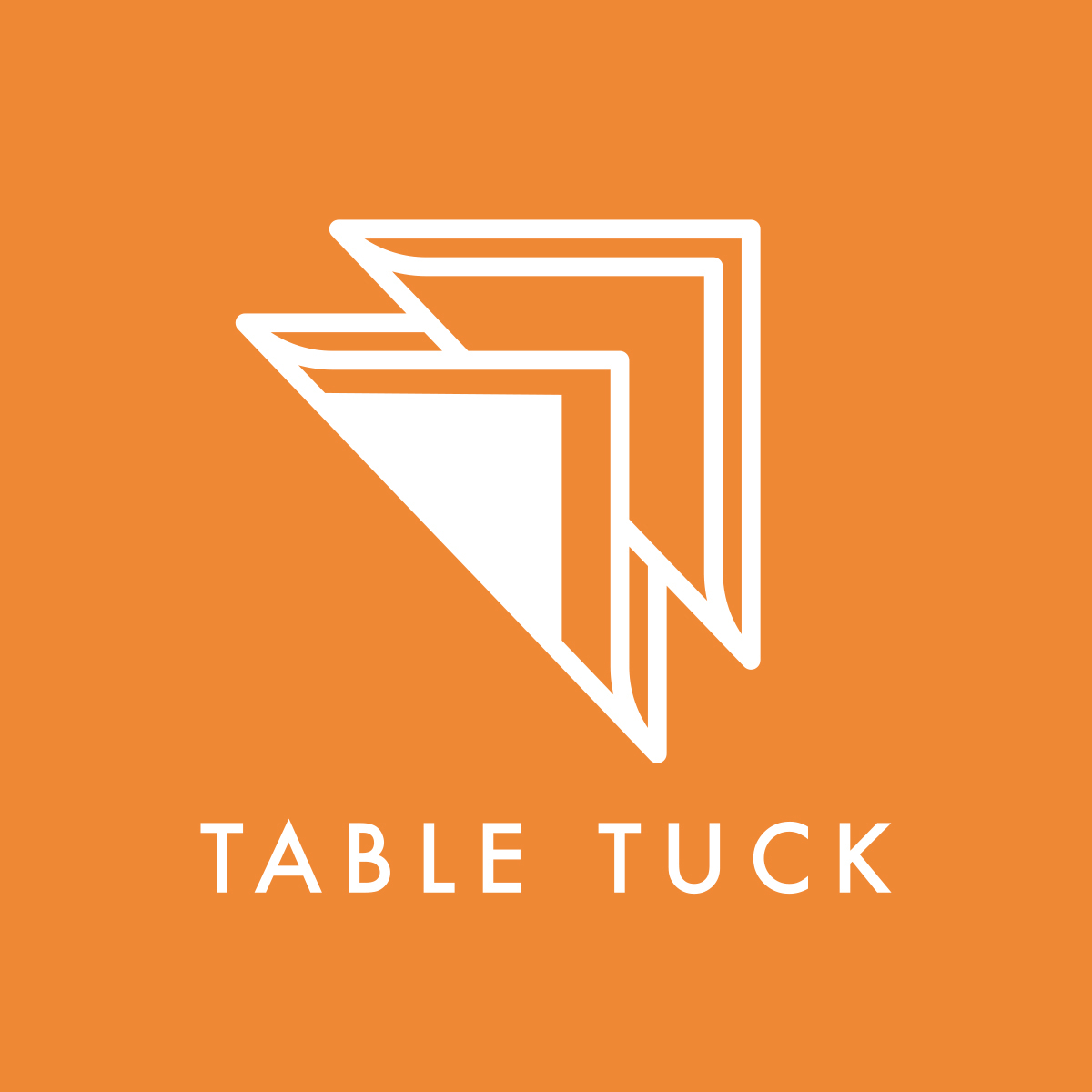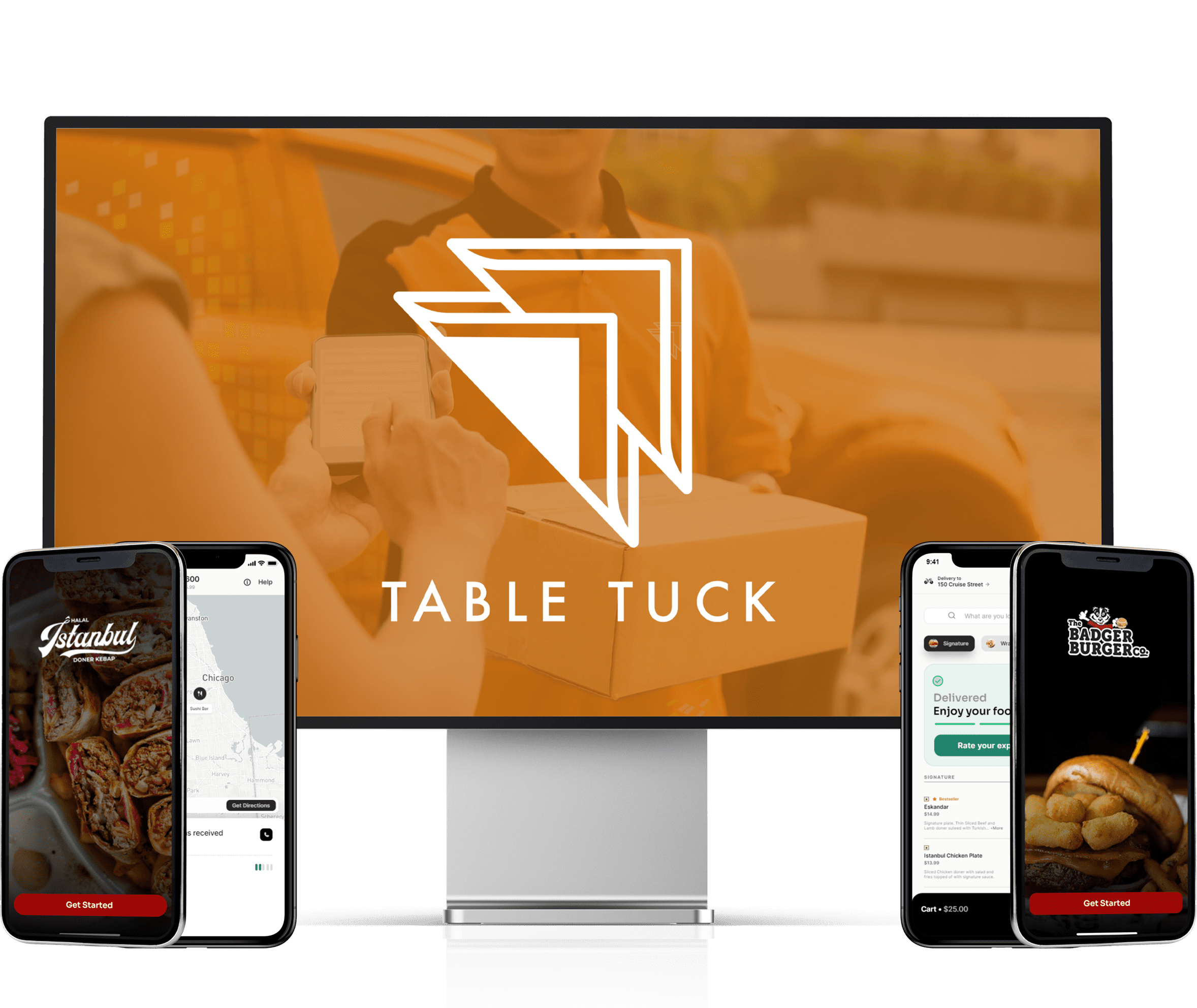Data Analytics: Boosting Restaurant Profitability





In today's cutthroat restaurant industry, success isn't just about serving mouthwatering dishes—it's about understanding your customers, predicting their preferences, and optimizing operations to boost profitability. Enter data analytics—a powerful tool transforming the way restaurants operate.
Restaurants gather a treasure trove of data daily, from customer orders and feedback to inventory management and sales figures. This data can be categorized into various types, including transactional data, customer demographics, and social media interactions. Sources of this data range from point-of-sale systems and reservation platforms to online reviews and loyalty programs.
Data analytics empowers restaurants to make informed decisions across various aspects of their business. By analyzing customer preferences and purchasing patterns, restaurants can tailor their menu offerings to better suit their target audience. Additionally, insights gleaned from data analytics can inform pricing strategies, ensuring optimal profitability without sacrificing customer satisfaction. Moreover, data-driven insights enable restaurants to enhance the overall customer experience, from personalized marketing campaigns to improved service quality.
Choosing the right data analytics software is crucial for effective implementation. Whether it's a robust analytics platform or specialized tools tailored to the restaurant industry, selecting the right solution depends on factors such as budget, scalability, and ease of use. Furthermore, training staff to interpret and leverage data effectively is essential for maximizing the benefits of data analytics.
Let's delve into real-world examples of how data analytics has transformed restaurant operations. In one instance, a restaurant utilized data analytics to optimize its menu offerings, identifying underperforming dishes and replacing them with more popular alternatives. Another restaurant employed targeted marketing campaigns based on customer data, resulting in increased foot traffic and higher customer retention rates.
Despite its potential, implementing data analytics in restaurants comes with its own set of challenges. Data privacy concerns loom large, with regulations such as GDPR and CCPA requiring restaurants to handle customer data responsibly. Moreover, integrating data analytics tools with existing systems can be complex, requiring seamless compatibility and interoperability.
To address data privacy concerns, restaurants can employ data anonymization techniques, ensuring that sensitive information is protected while still enabling meaningful analysis. Additionally, seamless integration solutions, such as API-based platforms, can facilitate the smooth integration of data analytics tools with existing restaurant systems, minimizing disruption to operations.
Looking ahead, the future of restaurant data analytics is ripe with possibilities. Predictive analytics holds the promise of forecasting customer behavior and demand patterns, enabling restaurants to stay one step ahead. Furthermore, advancements in artificial intelligence and machine learning are revolutionizing how restaurants analyze and leverage data, opening up new avenues for innovation and efficiency.

In conclusion, data analytics is not just a buzzword—it's a game-changer for restaurants looking to thrive in an increasingly competitive landscape. By harnessing the power of data, restaurants can unlock valuable insights, optimize operations, and ultimately boost profitability. Embracing data analytics is no longer a choice but a necessity for restaurants aiming to stay ahead of the curve.
Data analytics allows restaurants to analyze customer preferences and purchasing patterns, identifying popular dishes and optimizing their menu accordingly.
Yes, data privacy concerns are a significant consideration when implementing data analytics, and restaurants must comply with regulations such as GDPR and CCPA to protect customer data.
Integration challenges may include compatibility issues, data migration complexities, and ensuring seamless interoperability between different systems.
Restaurants can employ data anonymization techniques to protect sensitive information while still enabling meaningful analysis of customer data.
Future trends include predictive analytics for forecasting customer behavior and demand patterns, as well as advancements in artificial intelligence and machine learning for more sophisticated data analysis and decision-making.
Elevate Your Online Kitchen Order Processing Journey Today.